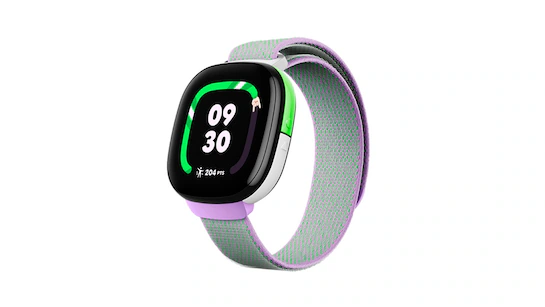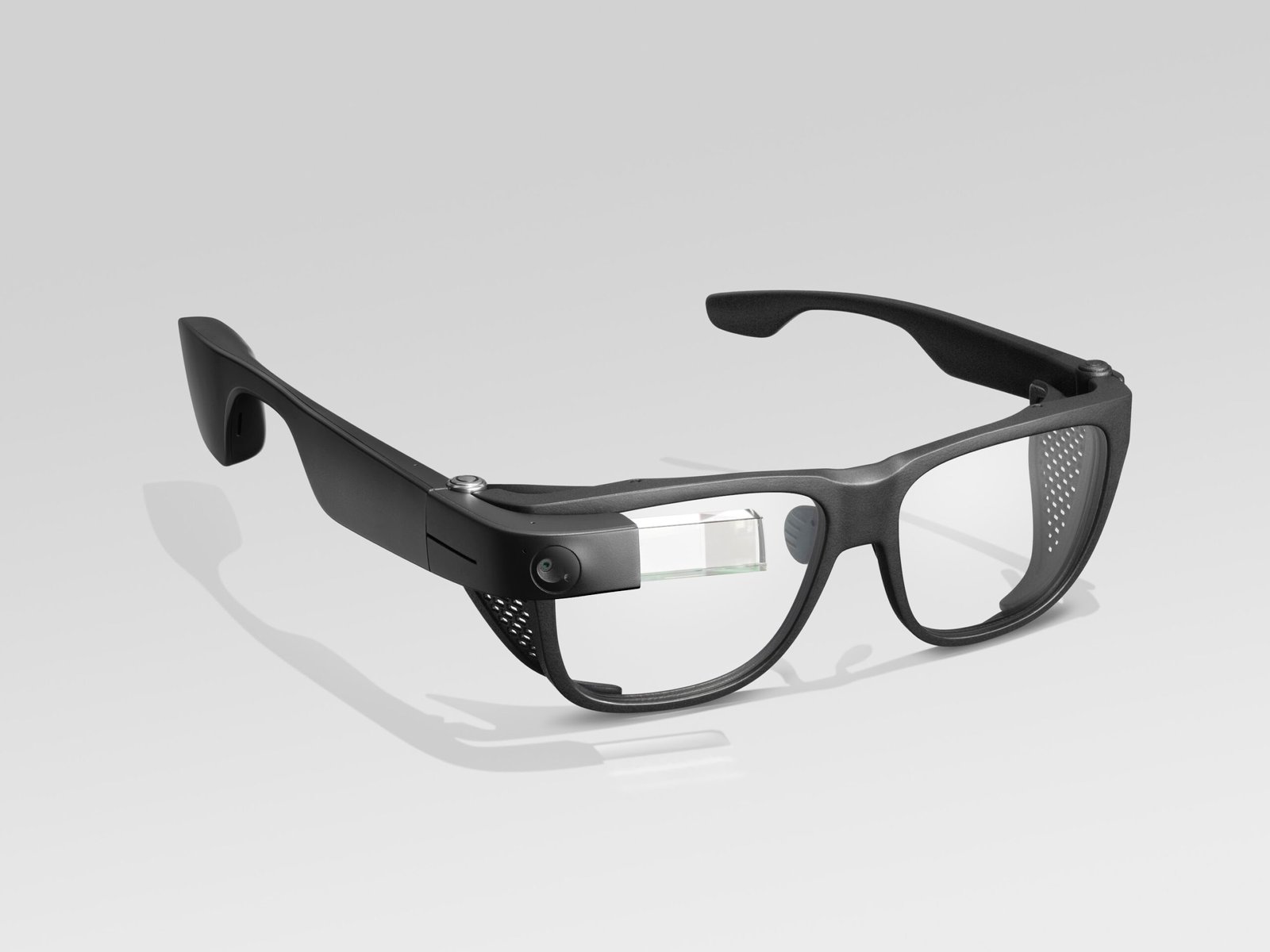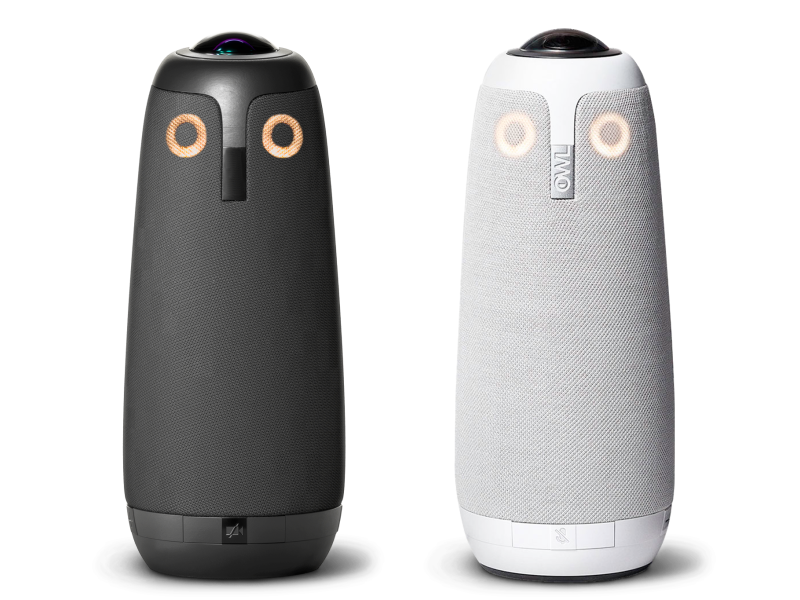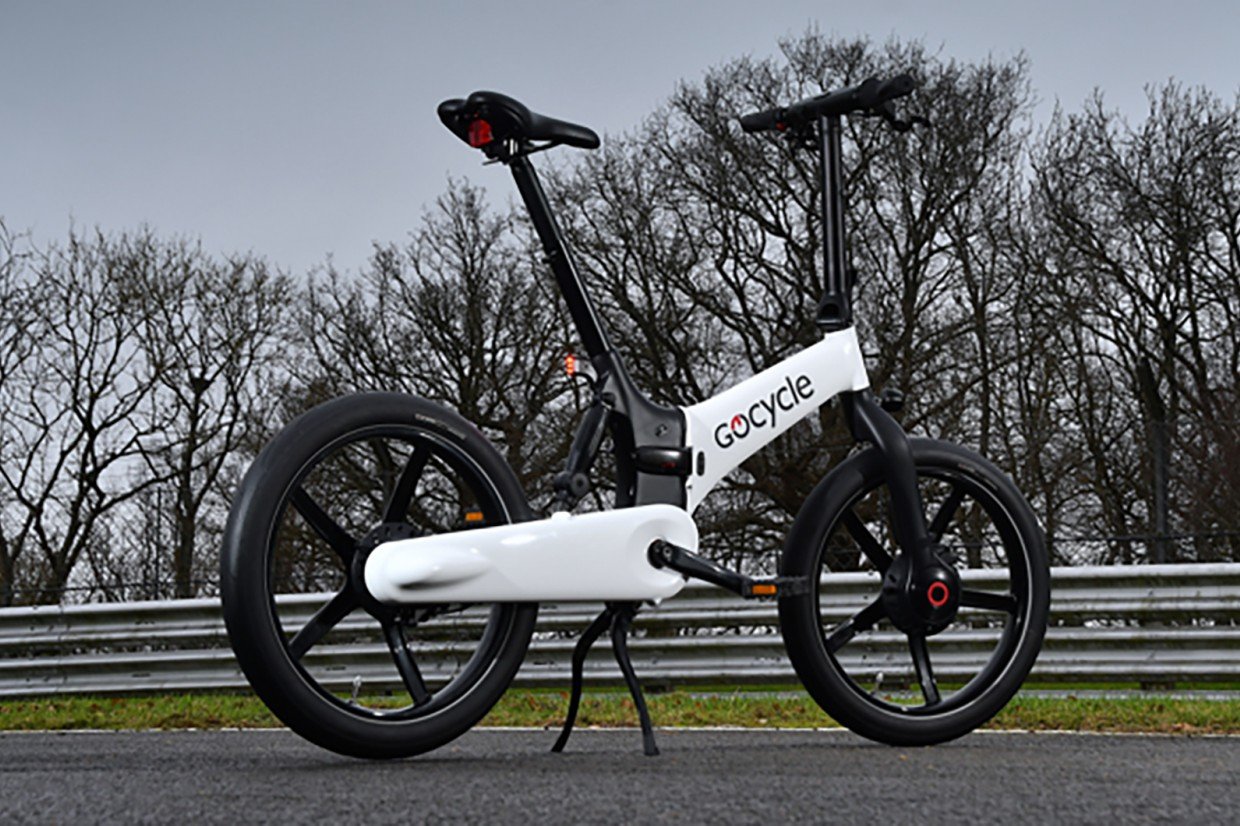Global smartwatch sales have seen a decline for the first time, with a notable drop in Apple’s market dominance. According to market research, smartwatch shipments fell by 7% in 2024 compared to the previous year. Apple, the leading brand in this space, saw a 19% decline in shipments, leading to an overall market slowdown.
One of the main reasons for this decline is the lack of significant upgrades in Apple’s latest smartwatch lineup. Consumers held back on purchases due to minimal new features and the absence of a rumored high-end Ultra 3 model. Additionally, Apple faced legal challenges, including sales and import bans in the US due to a patent dispute over blood oxygen level monitoring, which further impacted sales. As a result, Apple’s market share fell from 25% to 22% by the end of 2024.
Experts suggest that the smartwatch industry has reached a stabilization phase, where year-over-year advancements are not as dramatic as before. The initial excitement around smartwatches has settled, leading to a slowdown in demand.
Despite the overall decline, Chinese brands like Xiaomi, Huawei, and Imoo experienced a significant surge in sales. China’s smartwatch market grew from 19% to 25%, surpassing India and North America for the first time. A major trend contributing to this growth is the rising demand for kids’ smartwatches, driven by parental concerns about child safety and connectivity. Imoo, specializing in children’s smartwatches, recorded a 22% increase in shipments, while Xiaomi saw an impressive 135% rise.
Xiaomi’s success is largely attributed to its affordable smart bands, which appeal to budget-conscious consumers, particularly in Southern and Eastern Europe. Unlike Apple and Samsung, which focus on premium pricing and higher profit margins, Xiaomi has captured a significant market by offering cost-effective alternatives.
Meanwhile, India’s smartwatch market saw a decline, dropping from 30% to 23%. This was due to a saturation of ultra-cheap smartwatch models that initially gained popularity but failed to sustain consumer interest due to quality concerns. Many users reported dissatisfaction with these low-cost devices, leading to a shift towards better-quality products with longer lifespans.
Looking ahead, market analysts predict a slight recovery in 2025, with smartwatch sales expected to see single-digit percentage growth. This resurgence will likely be driven by the increasing integration of AI features and enhanced health tracking capabilities, making smartwatches more appealing to consumers once again.






















